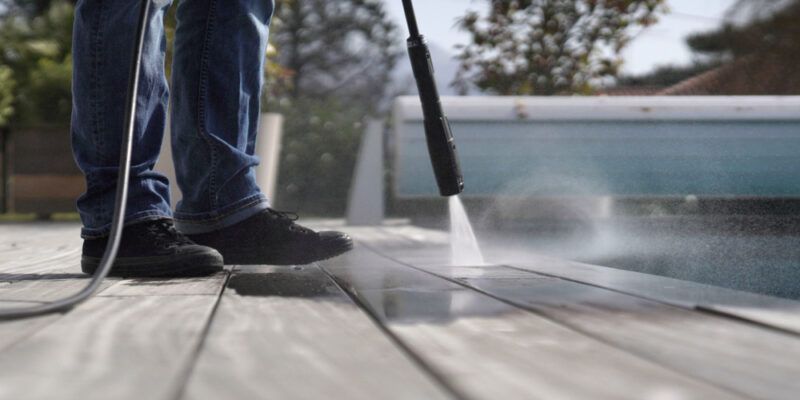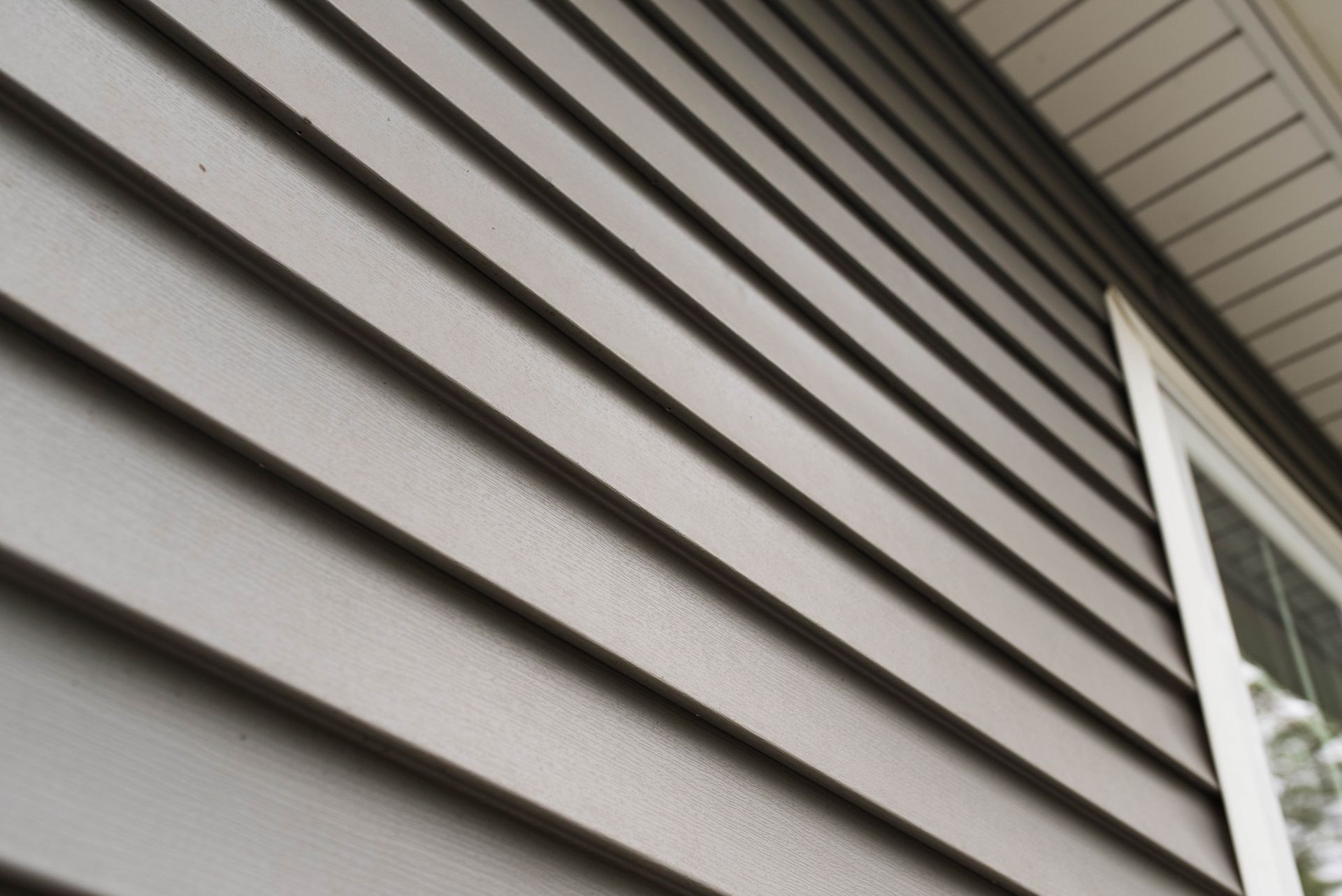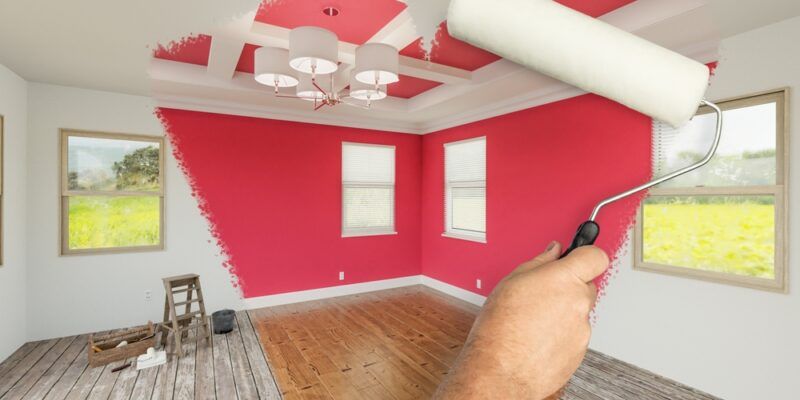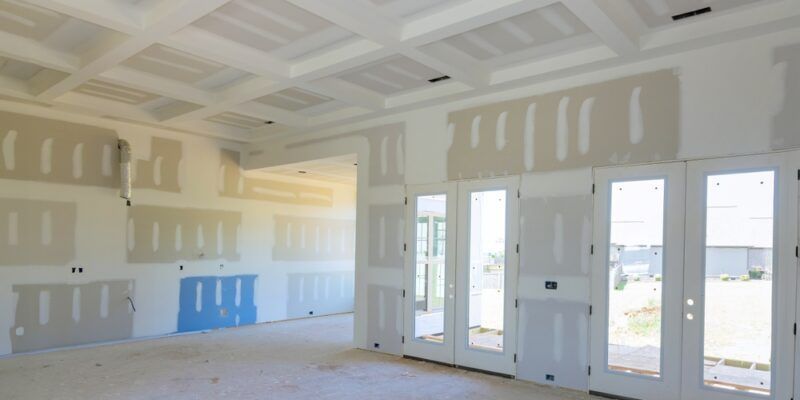Does the Color of Your Home Affect the Temperature Inside?
 When it comes to managing the temperature inside your home, factors like insulation, ventilation, and air conditioning play crucial roles. However, many homeowners might overlook the impact of the color of their home on the internal temperature. Choosing the right color
for your home’s exterior can have a significant effect on thermal comfort and energy efficiency. In this blog post, we will explore the relationship between the color of your home and the temperature inside.
When it comes to managing the temperature inside your home, factors like insulation, ventilation, and air conditioning play crucial roles. However, many homeowners might overlook the impact of the color of their home on the internal temperature. Choosing the right color
for your home’s exterior can have a significant effect on thermal comfort and energy efficiency. In this blog post, we will explore the relationship between the color of your home and the temperature inside.
The Role of Color in Absorbing and Reflecting Heat
It is well-known that different colors absorb and reflect light differently. Darker colors tend to absorb more light, including heat energy, while lighter colors reflect more light, effectively reducing the amount of heat they absorb. This basic principle of physics can be applied to the color of your home’s exterior, influencing the temperature inside.
Understanding the Solar Reflectance Index (SRI)
To measure a surface’s ability to reflect solar heat, scientists and architects use the Solar Reflectance Index (SRI). The SRI is a scale that ranges from 0 to 100, with higher numbers indicating a higher reflective capacity. A higher SRI means that a material or color has a lower heat absorption rate, helping to keep your home cooler.
The Impact of Dark Colors
When it comes to dark-colored homes, such as those with shades of black, dark blue, or deep brown, these colors absorb a significant amount of solar radiation, resulting in higher temperatures inside the home. Dark colors tend to have lower SRI values, meaning they absorb more heat and can contribute to increased indoor temperatures. As a result, these homes may require more energy for cooling, leading to higher utility bills.
The Advantages of Light Colors
On the other hand, lighter colors, such as white, beige, pale yellow, or light gray, have higher SRI values, meaning they reflect more solar heat and keep the temperature inside your home lower. Light-colored exteriors can help reduce the amount of heat absorbed, allowing for better thermal comfort. Choosing light colors for your home’s exterior may result in less reliance on air conditioning and lower energy consumption.
Additional Factors to Consider
While the color of your home is undoubtedly a factor in internal temperature management, it is essential to consider other elements that impact your home’s energy efficiency. Insulation, for example, plays a critical role in preventing heat transfer, regardless of the color of your home. Proper insulation helps maintain a stable indoor temperature by reducing heat loss or gain. Additionally, the use of energy-efficient windows, blinds, or shades can further enhance temperature control by reducing heat transfer through windows.
Regional Considerations
It is essential to consider your specific region’s climate when deciding on the color of your home’s exterior. Climate influences the amount of sunlight and heat a home receives, affecting the color’s impact on internal temperature. For instance, in warmer climates, lighter colors can be more effective in reflecting heat and keeping your home cool. In contrast, in colder climates, darker colors may help absorb heat and keep your home warmer.
A Balance between Aesthetics and Functionality
While the color of your home is a crucial factor in managing internal temperature, it is also important to consider the overall aesthetic appeal. Choosing a color that blends well with the surroundings and matches your personal taste is equally significant. Fortunately, developers and manufacturers are now offering a wide range of colors that strike a balance between aesthetics and functionality.
Summary
The color of your home does indeed affect the temperature inside. Darker colors tend to absorb more heat, leading to higher internal temperatures, while lighter colors reflect more heat, promoting cooler indoor environments. When selecting the color for your home’s exterior, considering the SRI values and regional climate can help you make an informed decision that balances aesthetics and functionality. By choosing the right color, you can potentially reduce your energy consumption, improve thermal comfort, and save on utility bills.
Need Residential and Commerical Painting in Pensacola, FL?
Welcome to Fresh Start Painting Inc.! Fresh Start Painting Inc. is a family-owned and -operated painting contractor in Pensacola, Florida! With over 20 years of experience, you can rely on us for any residential or commercial work. We are ready to help with any and all interior and exterior painting, pressure washing, drywall repair, and more! Here at Fresh Start Painting Inc., we believe in honesty, integrity, and excellent customer service. With each and every project, we strive to exceed our customers’ expectations. The proof is in our painting! Leave all your painting, staining, and drywall repairs to the experts. Contact us today to learn more about what we can do for you!










